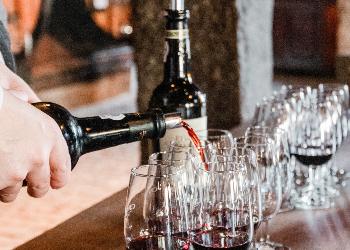You may have heard that port is a famous style of sweet, fortified wine that originates from the Douro Valley in the north of Portugal. But did you know that there are many different types of port wine? Vintage port is one of these, and it has a few unique quirks that its other port counterparts may not have.
When you go to the store and you pick out a regular bottle of wine, you will notice that there is a year on that bottle – the vintage year. When you look at a bottle of port wine it doesn’t always have that year on it… only in specific cases. So what does that mean? Let’s dig a little deeper!
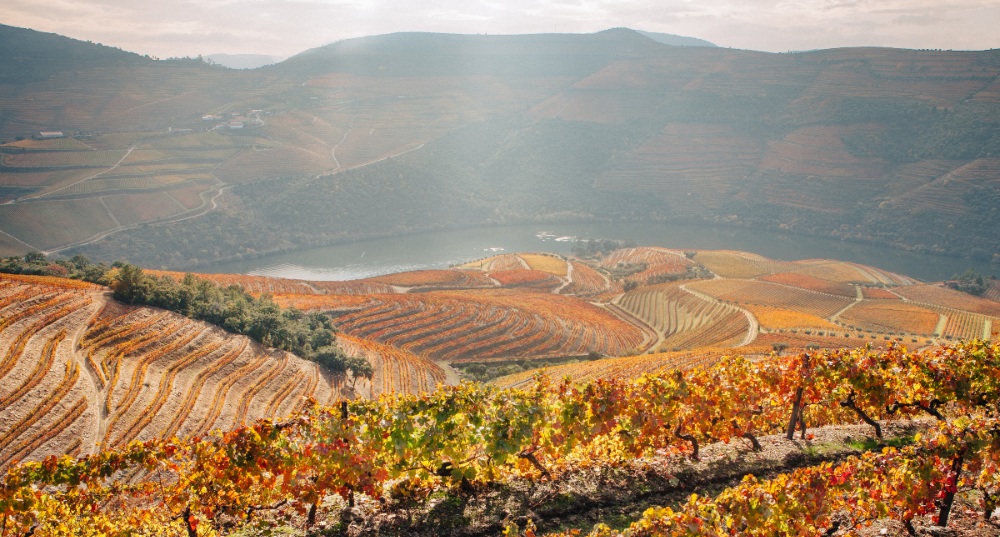
#Port101: How is Port Wine Made?
We have to start with a quick crash course on port wine making to make sure you have the basics covered…
During harvest season, indigenous grape varieties are picked by hand in the ancient, terraced vineyards of the Douro Valley. The grapes are taken to the winery where they are crushed in lagares. You may have heard that the grapes are crushed by stepping on them. And yes, that is true in a few wineries where traditional foot stomping is still used, but many wineries now opt for machines that do the stomping for them!
The juice will then go into the process of fermentation, where sugar from the grapes turns to alcohol. The moment where port becomes port comes next. A strong brandy is added which stops the process and leaves some sugar behind in the wine – the reason for port’s delicious sweetness.
Up to this point, most types of port wine are treated the same way. The differences exist mainly with the way they are aged. White ports are made using white grapes and are aged in big wooden casks. Red ports are made using red grapes and generally make two styles – tawny and ruby. Tawny ports are aged in small, old wooden barrels; rubies are aged in large, old wooden casks or other vats.
So, where does vintage port fit into all of this?
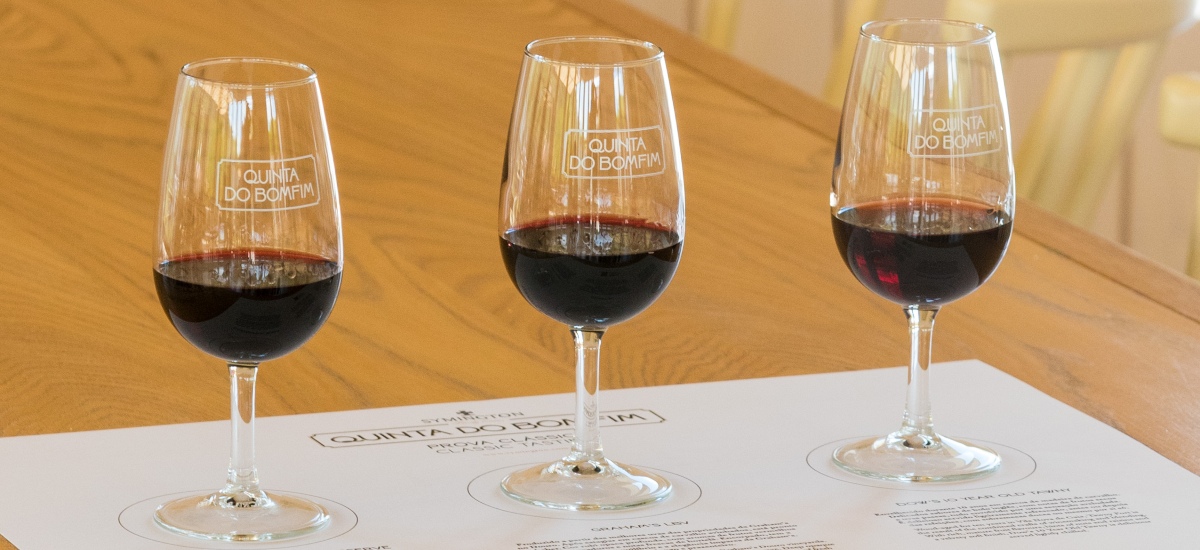
What is so Different About Vintage Port?
Port wine itself is unique, so vintage port must really be taking it to the next level!
Ageing process:
Vintage port falls under the ruby style. After ageing in a large old wooden cask for two years it is then bottled where it will continue ageing until you find the perfect moment to open it. This differs from other ports that age in wood or other vats until they are bottled for release. The time vintage port spends in the bottle is what gives it its signature style, depth of flavour, structure, taste and aromas.
Potential to age and keep:
Vintage port is ready to be opened and enjoyed when you buy it, but generally it starts to reach its peak maturity at 15 years. There are even some port houses who have vintage port in their cellars dating back to the 1800s!
Grapes from the same year:
Port wine is usually made from a blend of wines that comes from different harvest years. Vintage port is different here in that all of the grapes come from the same year. This year will then appear on the bottle of the port wine (answering the earlier question about why port wine doesn’t always have a year on the bottle). A vintage year is usually one where perfect environmental conditions meet excellent winemaking. When buying a bottle, make sure it says “Vintage” and the year. LBV/Late Bottled Vintage is another style of ruby port.
Stamp of approval:
Vintage port can only be bottled and sold under the style if it meets the requirements of the organisation in charge of port wine (IVDP). Expert tasters will taste the wine after the first two years and decide if it’s good enough to be labeled and sold as vintage port. In 2020 several port producers are making history by declaring three straight port vintages in a row – 2016, 2017 and 2018! This is indeed a rare occasion.
Serving:
Because of the way they are bottled, most vintage ports will need to be decanted before serving. If the cork inside the bottle is very old there is also a very interesting way to open it! (Tip: Once a bottle of vintage port is opened, it’s best to consume it all in one day).
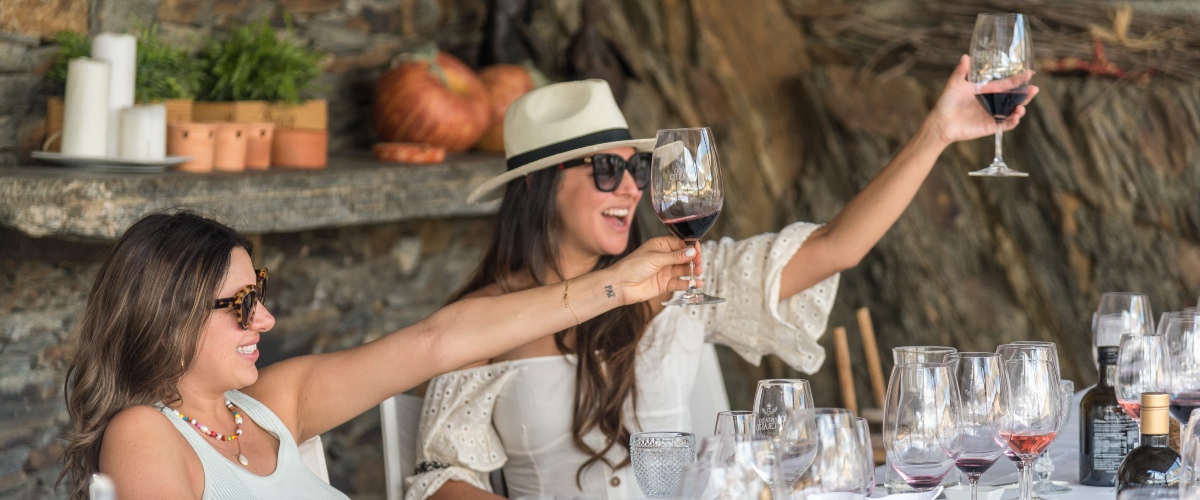
When is the Right Occasion to Drink Vintage Port?
You don’t need a specific reason or excuse to open up a bottle of vintage port (every day can be a celebration of life!). We do however have some recommendations for special moments and occasions where you can enjoy this remarkable drink.
Celebrations:
Whether it be for a wedding, graduation or birthday, vintage port is the perfect fit for celebrations. It is also an interesting idea to open up a bottle or gift someone with a vintage port from a significant year.
Vertical tastings:
An exciting way to see how vintage port ages and develops over the years is to participate in a vertical tasting showcasing different vintage years. Keep your eyes out for organised events or wine bars that do these types of tastings. If you travel to the city of Porto you can also visit one of the port cellars of Vila Nova de Gaia to have this kind of experience.
Visit the Douro Valley:
Visiting the region where port wine is made is the ultimate experience. You will get to see firsthand the history, culture, nature and people that are behind a bottle of port wine. You can sit and savour a vintage port at the very estate where the grapes were grown while you overlook the magnificent, iconic vineyards of the Douro Valley.
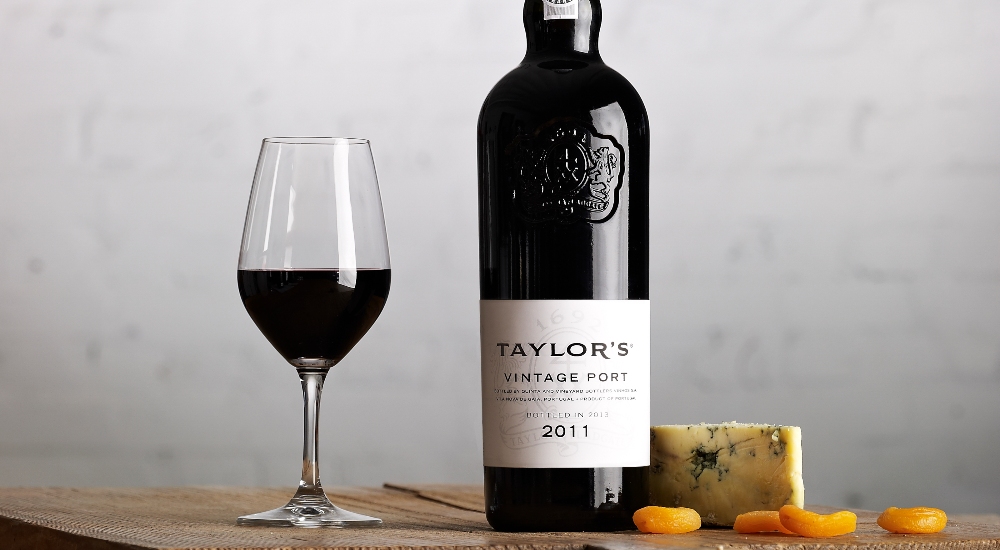
Vintage Port Brands to Try
Are you ready to see (and taste) for yourself what makes a vintage port so special and unique? Here is a Sideways-approved selection of vintage ports you should try to get your hands on.
Enjoying your vintage port with blue cheese, figs, walnuts and dark chocolate will also make for a delicious pairing.
Dreaming about travelling to Portugal to taste vintage port wine in the country where it was made? Explore Sideways has unforgettable adventures in Porto and the Douro Valley that are calling your name!
